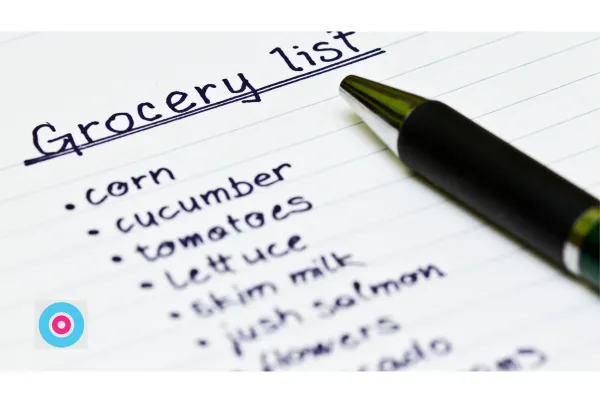
Creating a Diabetes-Friendly Grocery List
Creating a Diabetes-Friendly Grocery List: Essentials and Tips
Introduction
Managing diabetes is more than just taking medications or staying active. The food you choose is one of the most important tools you have to stabilize blood sugar and support long-term health. This guide will help you create a smart, diabetes-friendly grocery list that's both nourishing and enjoyable.
Why Planning Ahead Matters
Going to the store with a list tailored to your health goals can:
Prevent impulse buys
Help you build balanced meals
Save time with meal prep
Support better blood sugar control
Key Nutrients to Focus On
When choosing foods, prioritize those rich in:
Fiber: Slows digestion and helps avoid blood sugar spikes
Protein: Keeps you full and maintains steady energy
Healthy Fats: Supports heart and brain health
Diabetes-Friendly Grocery List Essentials
Proteins
Wild-caught fish: Salmon, sardines, and mackerel (rich in omega-3s)
Lean meats: Chicken, turkey, or wild game
Plant-based proteins: Lentils, beans, and tofu
Vegetables
Leafy greens: Spinach, kale, arugula
Cruciferous veggies: Broccoli, cauliflower, Brussels sprouts
Low-carb picks: Zucchini, bell peppers, cucumbers
Fruits
Berries: Blueberries, raspberries, strawberries (low-glycemic)
Citrus: Oranges and grapefruit (in moderation)
Apples and pears: Eaten with the skin for fiber
Whole Grains
Quinoa and brown rice
Steel-cut oats
Whole grain or legume-based pasta
Dairy and Alternatives
Plain Greek yogurt (unsweetened)
Almond, cashew, or oat milk (unsweetened)
Snacks
Nuts and seeds: Almonds, walnuts, chia seeds
Dark chocolate: At least 70% cocoa, in small portions
Beverages
Water: Always your best option
Herbal teas: Like chamomile or peppermint
Download the Full Grocery List
Download your printable Diabetes-Friendly Grocery List
Smart Grocery Store Strategies
Shop the Perimeter
Fresh produce, proteins, and refrigerated items like yogurt and eggs are typically around the store’s outer edge.
Limit Processed Foods
Middle aisles often hold ultra-processed snacks, sugary drinks, and high-carb items. Check labels carefully.
Read Labels Carefully
Look at:
Serving size
Total carbs and added sugars
Fiber content
Ingredient list (shorter is better)
Sample Meal Plan
Breakfast: Scrambled eggs with spinach + half a grapefruit
Lunch: Quinoa salad with chickpeas, cucumbers, and lemon dressing
Dinner: Grilled salmon, steamed broccoli, and roasted sweet potato
Functional Medicine Approach
Functional medicine emphasizes personalized nutrition. A practitioner can help you:
Understand your body’s specific needs
Adjust your grocery list to improve gut and metabolic health
Use food as medicine
Budget-Friendly Tips
Buy in bulk: Stock up on grains, beans, and frozen vegetables
Shop seasonally: Local produce is fresher and cheaper
Plan ahead: Create a weekly menu before shopping
Final Thoughts
With some planning and label reading, building a diabetes-friendly grocery list becomes a powerful step toward health. At Rx Health and Wellness, we’re here to support you with personalized guidance rooted in functional medicine.
References
American Diabetes Association. "Planning Meals: Diabetes Food Hub."
Harvard T.H. Chan School of Public Health. "The Nutrition Source."
Institute for Functional Medicine. "Food as Medicine."
